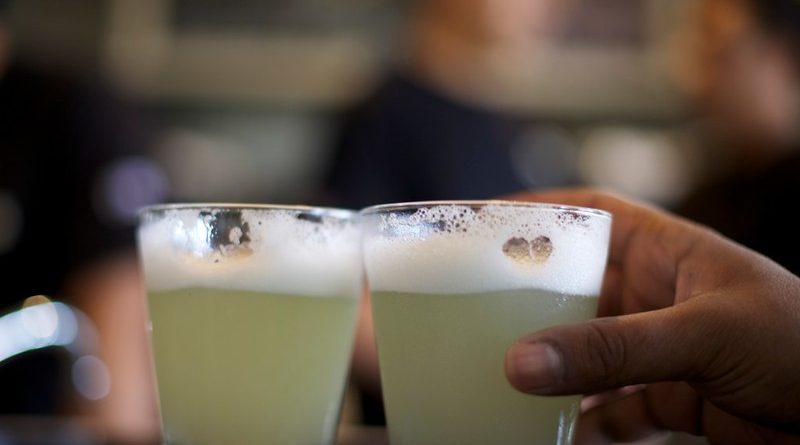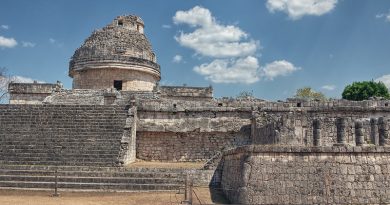Pisco: The National Drink of Chile
Food Facts
Where: Peru and Chile, South America
Preparation: Made from fermented grape juice of Chilean valleys, distilled in oak barrels
Taste: Killer kick like Vodka, but more fruity
Serving Suggestion: Serve with egg whites, sugar and lime to make Pisco Sour
Most people have heard of the Mexican Margarita, but less so the Chilean rival Pisco – a strong alcoholic drink similar in smell to Vodka. There are disputes between Chile and Peru as to the origins of this drink, with both countries proud to claim it as their own. However, it is largely accepted that Pisco originated from Peru in the XVIth century and the Spanish colonisation, where the Europeans craved a drink similar to the brandy they left back home.
Peruvians claim that the climate and soil of Chile cannot produce authentic Pisco. This is unsurprisingly refuted by the Chileans where it is the most popular drink in the country. It is produced from the Quebranta grape which is grown in the unique environment of the northern vineyards of Chile, specifically the Limari and Elqui valleys.
Preparation
After being carefully hand-picked the juice from the grape is extracted and the process of fermentation begins in large steel kegs. During this process the sugar is converted into alcohol with the grape juice being transformed into wine. The slow process of distillation then follows and it is from this that the drink acquires its pure taste and distinctive aroma. It is then left for six months ageing in fine wood American Oak barrels. After rigorous quality controls, Pisco is carefully bottled and distributed to the Chilean public.
History
There are different theories as to where Pisco derives its name. When first produced in Peru it was exported to foreign drinkers from the port of Pisco, leading many to deduce that the drink was named after its port of origin. However, another more imaginative theory is that it gets its name from the word “pisquo”, an aboriginal term that literally translates as “flying bird”, a metaphor for the uplifting effects Pisco has on the drinker.
When travelling in Chile it is a drink you should try, not only because of its unique taste and popularity with the locals but also because of the lack of good alcoholic alternatives in the country. For those who crave a decent beer Chile has little to offer apart from a few watery canned lagers. This should not matter because as Chileans claim, once you try Pisco you’ll never go back to what you drank before. With a strength between 35% and 50% and its reputation for inducing a killer hangover… so may not share their opinion the morning after!
Serving Suggestion
Apart from adding it to Coca Cola, the most popular way to drink Pisco is by making Pisco Sour. This is a simple recipe and is made by mixing one egg white, some powdered sugar and one part lemon or lime to three parts of chilled Pisco.
More Information
Pisco Chile
Traces the origin on Chilean pisco to the shared heritage with Peru
main image: Pisco Sour, courtesy of Cathrine Lindblom Gunasekara, Flickr creative commons




